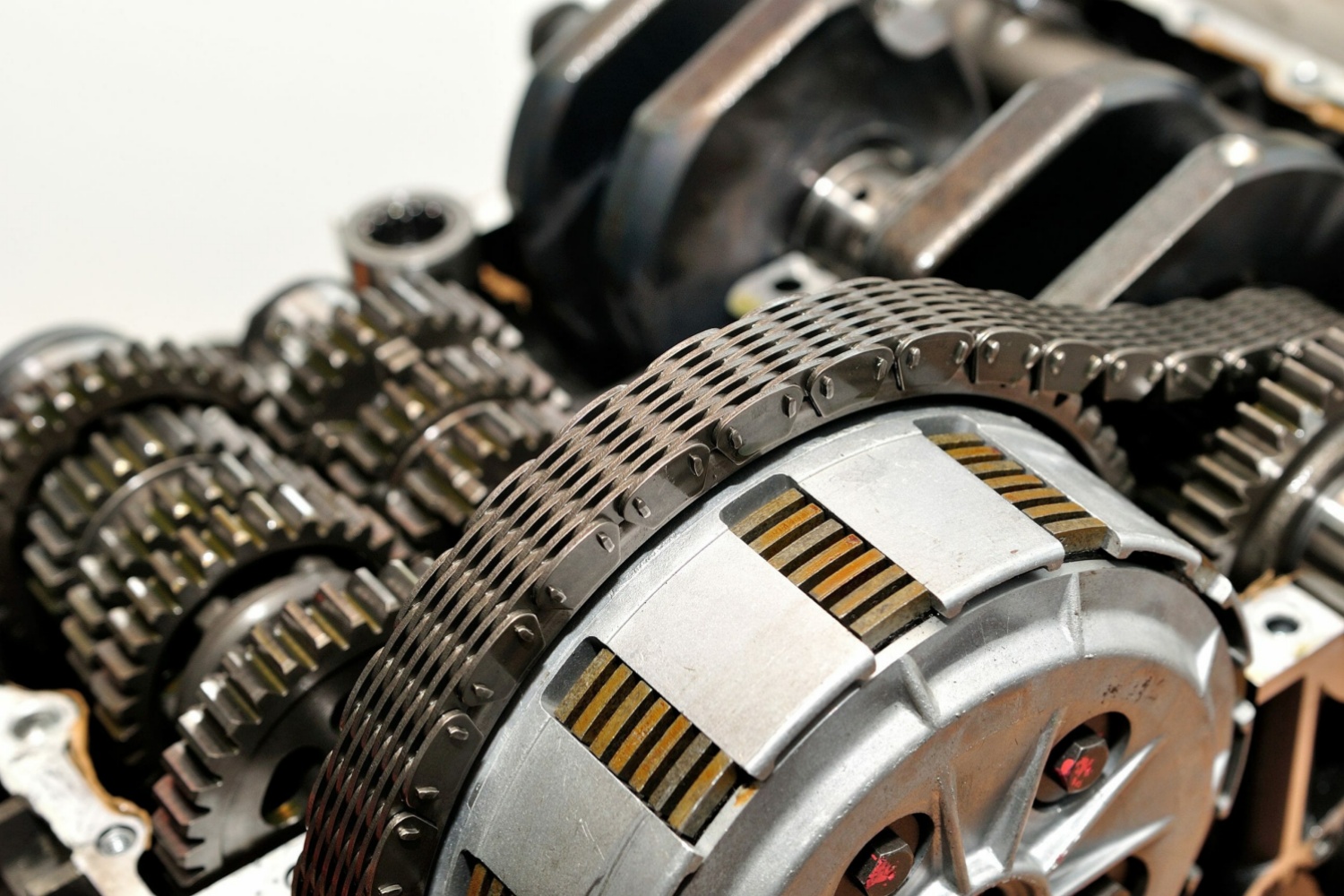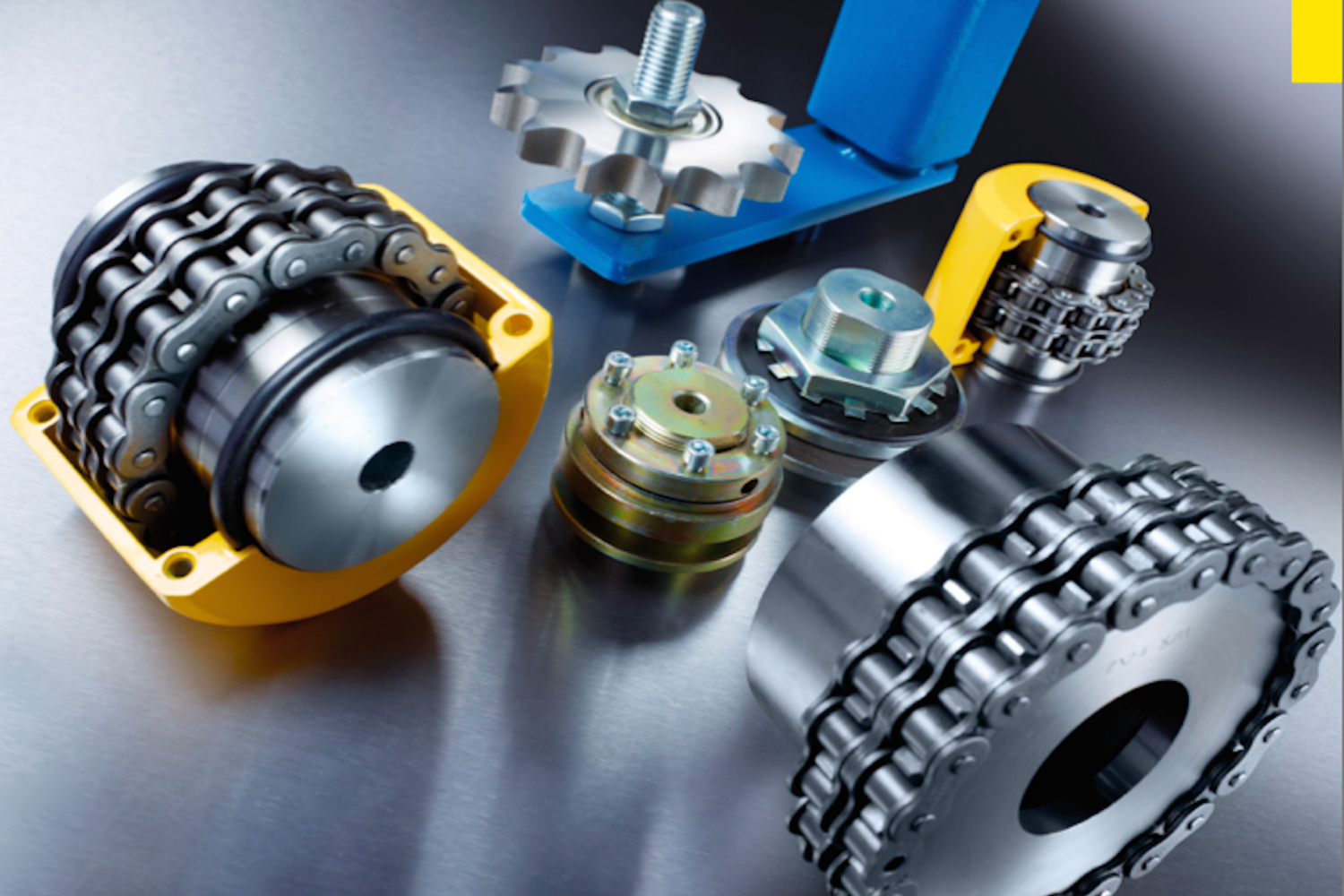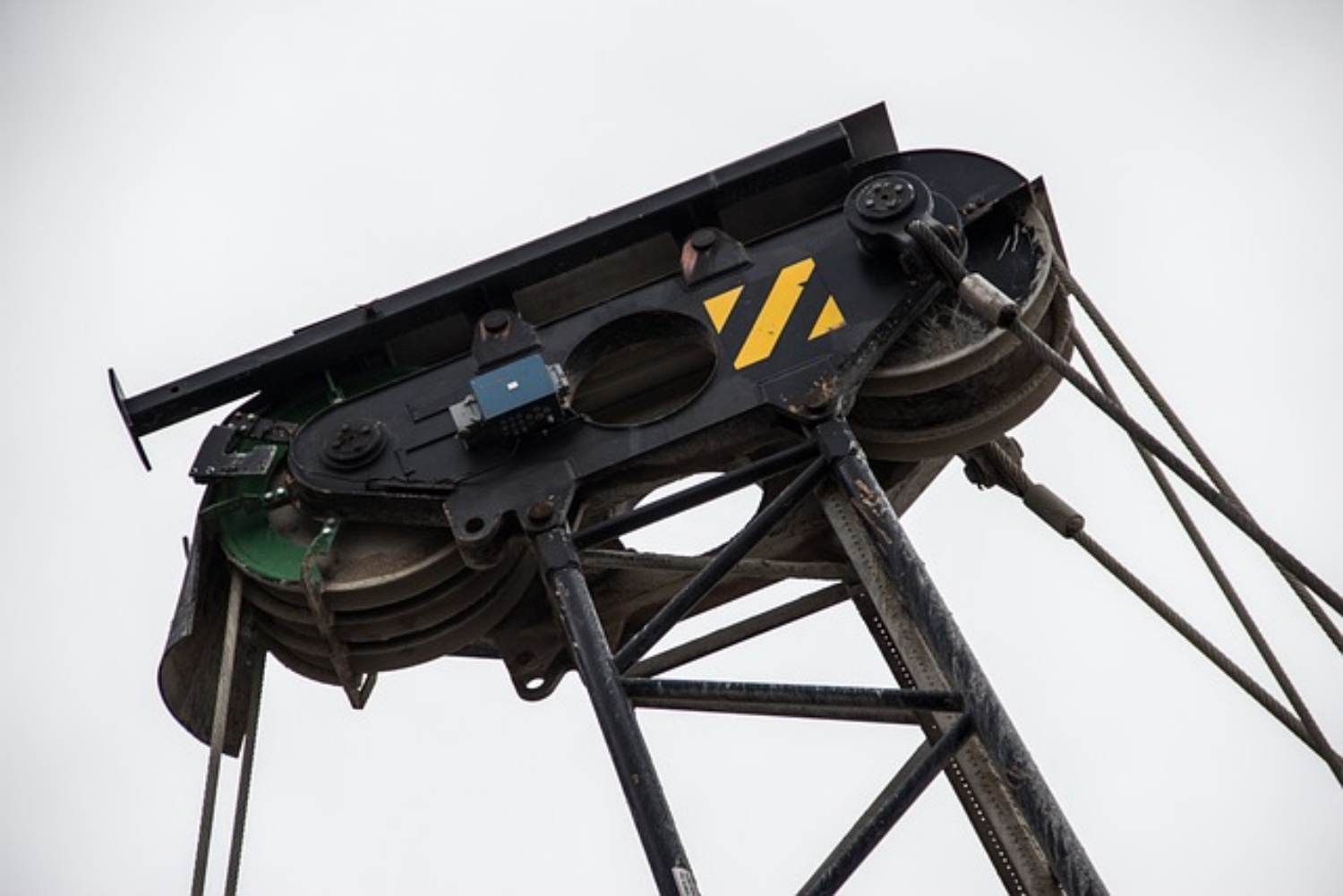Pulleys are fundamental components used in various mechanical systems to transmit power, change speed ratios, and redirect forces. However, not all pulleys are created equal. In industrial settings, specialized pulleys known as industrial pulleys play a crucial role in demanding applications, offering distinct features and capabilities compared to ordinary pulleys. In this article, we will explore the key differences between industrial pulleys and ordinary pulleys, shedding light on their design, materials, performance, and applications. Understanding these distinctions will help industries make informed choices when selecting pulleys for their specific needs, ensuring optimal efficiency, durability, and reliability.
Design and Construction:
Industrial pulleys are designed to withstand heavy loads, high speeds, and harsh operating conditions typically encountered in industrial environments. They feature robust construction, precision machining, and high-quality materials to ensure longevity and reliable performance. Ordinary pulleys, on the other hand, are designed for lighter-duty applications and may have simpler designs and construction.
Material Selection:
Industrial pulleys are often made from durable materials such as cast iron, steel, or aluminum alloys. These materials possess excellent strength, wear resistance, and corrosion resistance properties necessary for prolonged use in challenging industrial environments. Ordinary pulleys, on the other hand, may be made from less robust materials such as plastic or low-grade metals.
Load Capacity and Performance:
Industrial pulleys are engineered to handle substantial loads and transmit higher levels of power. They are designed with larger diameters, broader grooves, and increased belt or chain contact areas to ensure efficient power transmission and reduced slip. Ordinary pulleys, on the contrary, are suitable for lighter loads and may not offer the same level of performance and power transmission capabilities as industrial pulleys.
Precision and Tolerance:
Industrial pulleys are manufactured with precise tolerances to maintain accurate speed ratios and minimize belt or chain misalignment. They undergo stringent quality control processes to ensure consistent performance and minimize variations. Ordinary pulleys, on the other hand, may have looser tolerances and less stringent quality control measures.
Application and Industry Suitability:
Industrial pulleys are specifically designed for heavy-duty industrial applications such as manufacturing, mining, construction, and material handling. They are engineered to withstand the demands of these environments and provide reliable and efficient power transmission. Ordinary pulleys, on the contrary, are suitable for lighter applications such as small machinery, appliances, or DIY projects.
Conclusion:
Industrial pulleys and ordinary pulleys differ significantly in terms of design, materials, load capacity, precision, and suitability for specific applications. Industrial pulleys are built to withstand rigorous conditions, transmit high levels of power, and ensure reliable performance in demanding industrial settings. On the other hand, ordinary pulleys serve lighter-duty applications and may not possess the same robustness or capabilities as industrial pulleys. Understanding the distinctions between these pulleys is essential for industries to make informed decisions and select the appropriate pulleys for their specific needs. By choosing the right pulleys, industries can ensure efficient power transmission, prolonged lifespan, and optimal performance of their machinery and mechanical systems.
CONTINUE READING
Related Posts
Roller chain couplings are integral components in various industrial applications, facilitating efficient power transmission between shafts. Their economic impact and […]
Roller chain couplings are widely employed in various industrial applications to efficiently transmit power between two shafts. Understanding their advantages […]
In the world of mechanical engineering, the importance of power transmission components cannot be overstated. Among these, V-pulleys play a […]





